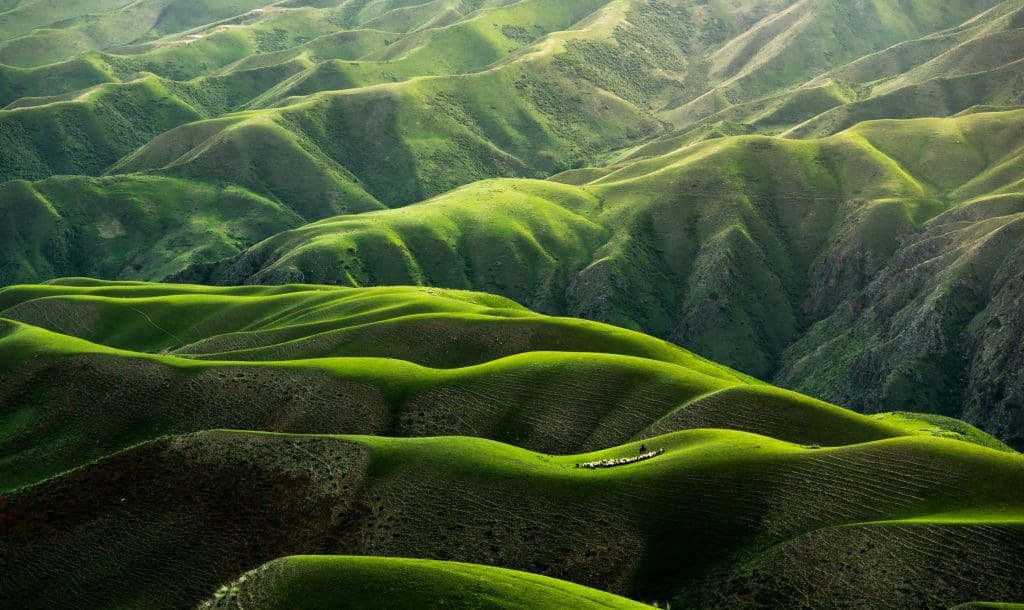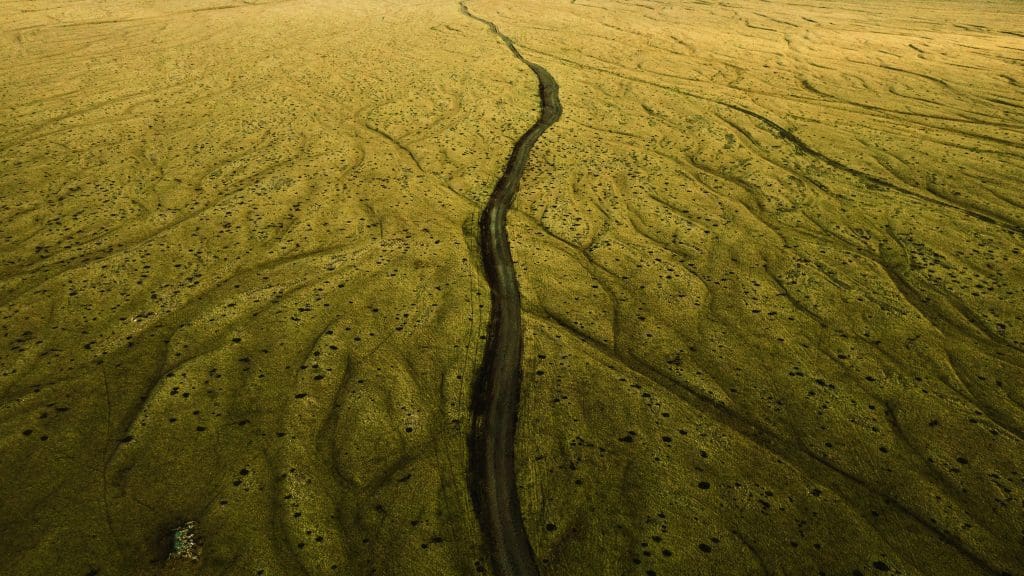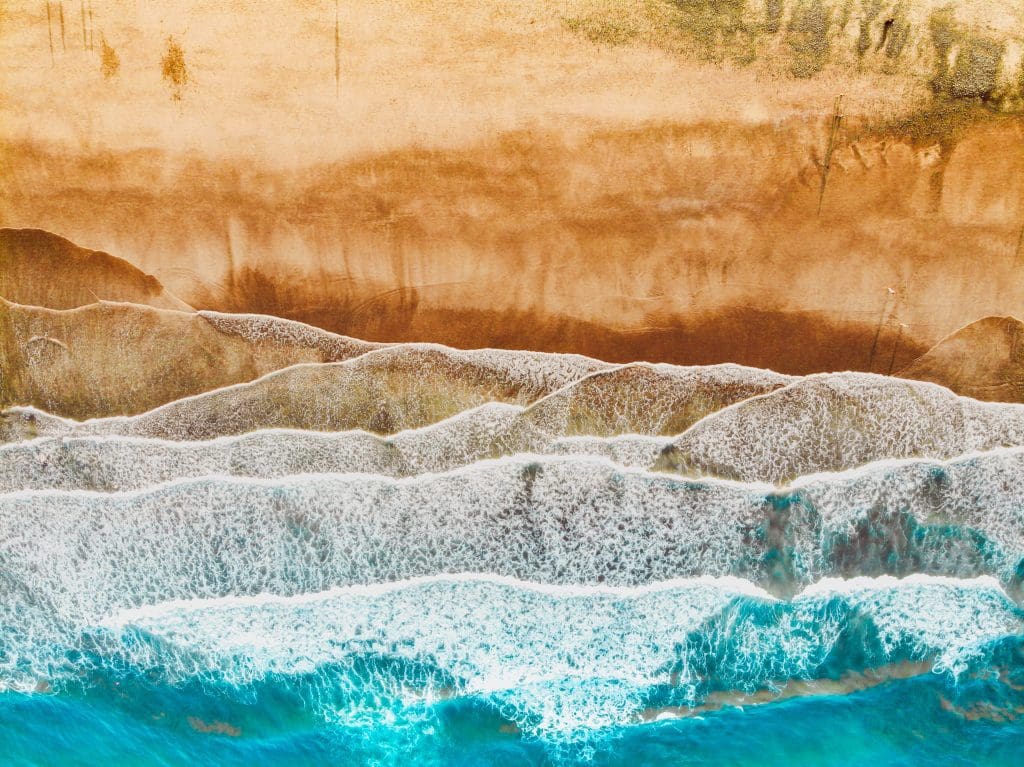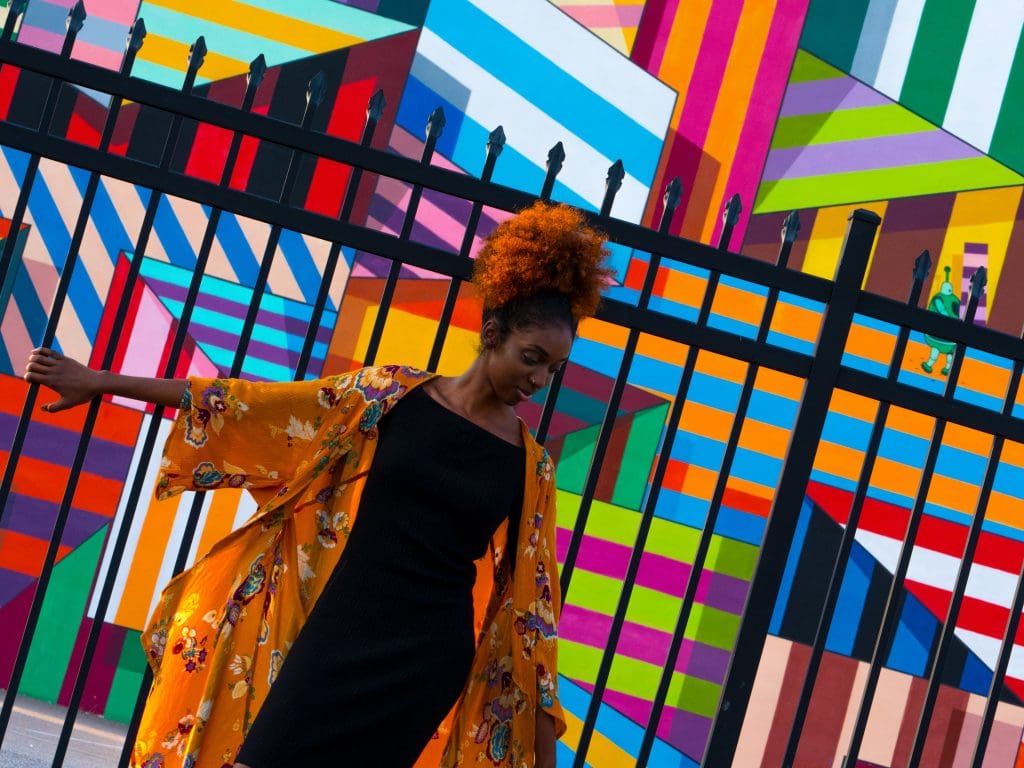Patterns are easily found in the natural world and the human-made world. You can even create them yourself by arranging similar items symmetrically. Photographing patterns capture the viewer’s attention and make a powerful focal point, whether you intend it or not.
Used wisely, they add meaning to your visual story and enhance the message you want to convey. Left unsupervised, patterns can unbalance the composition, steal the attention from your main subject, and undermine the message. Therefore, notice the patterns in your scene and give them a purpose. Check out the following tips to include patterns in your photographs.
Overlay Multiple Patterns
Nature is famous for its complex combination of patterns. Almost any landscape includes a series of overlapping patterns such as hills, trees, and clouds. If you get closer, you’ll notice that the texture of the rocks has a particular pattern, grass has regular distribution, and small flowers tend to form groups of similar shapes.
The juxtaposition of patterns results in a complicated composition that invites the viewer to spend more time with the image. Each layer adds something to the story.

Photo by Qingbao Meng on Unsplash
Break a Pattern to Make a Point
A broken pattern speaks about individuality, diversity, and the power to embrace differences. You can use any type of contrast: a dry flower in a bunch of fresh flowers, a green apple in a basket of red apples, a yellow flower in a lavender field, a green plant growing in a brick wall, etc. A broken pattern is even more appealing than a standard pattern, so pay attention to framing and how you display the elements of the composition.

Photo by James Adams on Unsplash
Use Patterns as Leading Lines
Patterns with regular geometrical shapes can easily be used as leading lines. Think about tree trunks leading your eye towards the foliage, fences leading your eye towards whatever is above them, and waves leading your eye towards the shore. Make sure you balance the composition with a strong focal point that overpowers the pattern either in size, color, or interest.

Photo by Stas Parechyn on Unsplash
Create a Meaningful Background from a Pattern
When you incorporate a pattern as a background, you add another layer to your visual story. It creates context and may indicate location, time, mood, feelings, etc. A brick wall, for example, may add an industrial perspective, while a background made of trees may add a natural atmosphere. A graffiti background may imply youth and art, while a rocky background may imply adventure.
The background shouldn’t overpower the subject in front of it. But some contrast is welcome. Again, pay attention to balance and check if the element that captures your eye fits your story.

We are so used to patterns, and it is easy to overlook them. However, because we are used to seeing them, they will stand out in a photograph and capture the viewer’s attention. Take them into consideration when framing your photographs and make them part of your artistic purpose. If they don’t fit, it’s better to avoid them than to believe no one will notice them. Practice the art of seeing and decomposing the scene into essential elements before deciding what enters the frame.
Cover Photo by Matija Mestrovic on Unsplash

